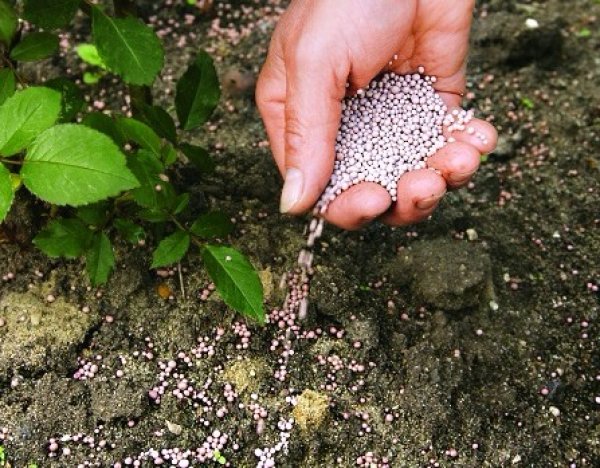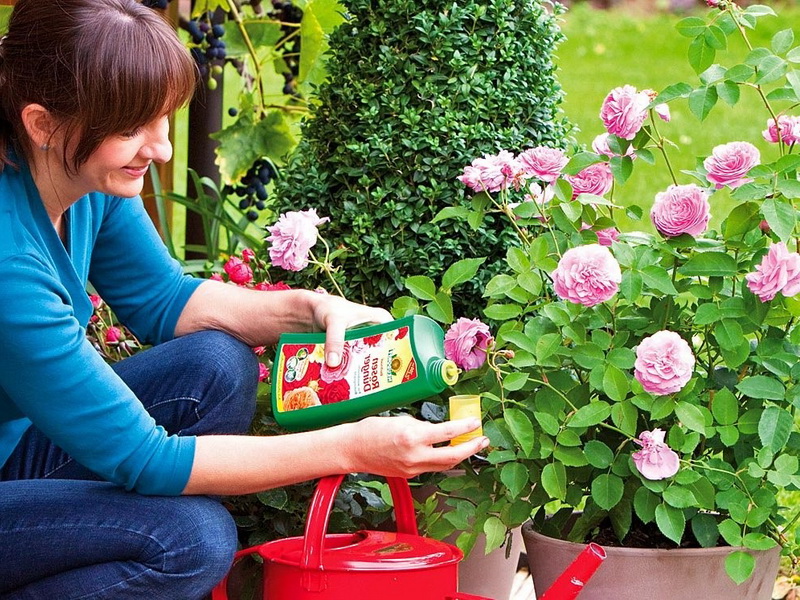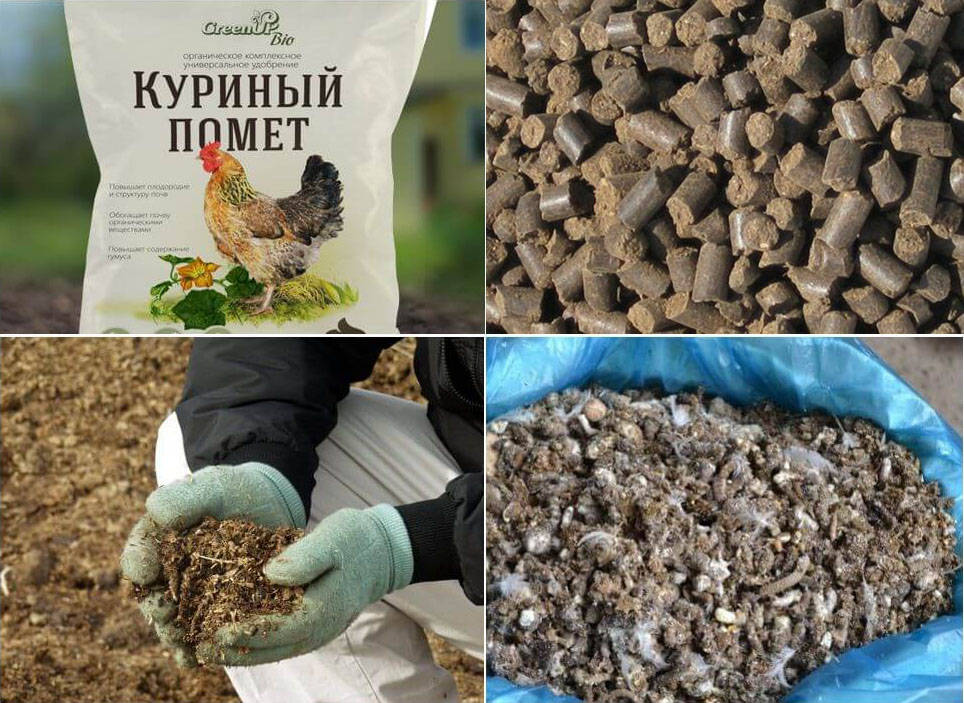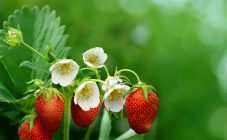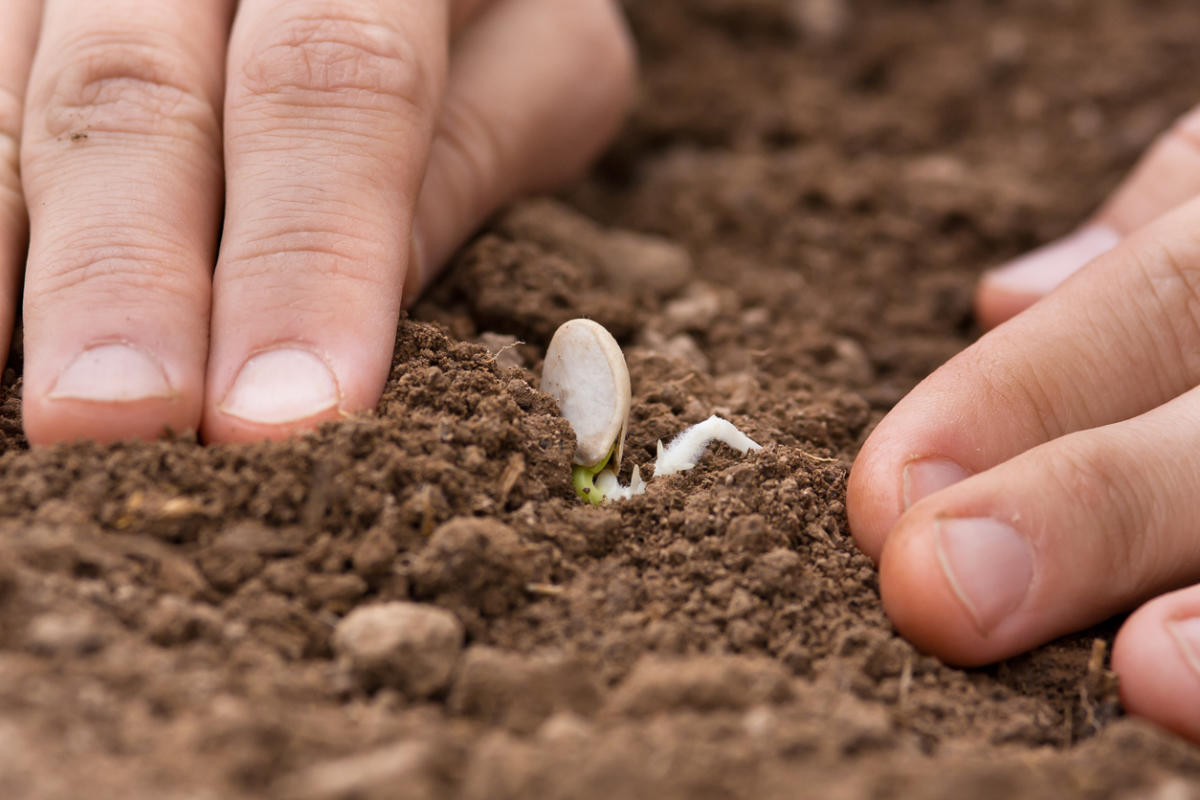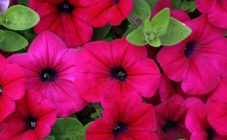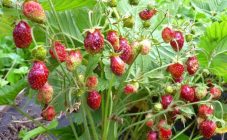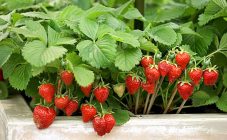Content:
Gardeners keep a close eye on the plants in the garden, as they want to see the result during flowering. The most beautiful and popular plant is the rose; this flower requires a lot of attention to itself, and in order for the flowers to be bright and beautiful, it is necessary to properly care for the culture. For this reason, it is worth talking in more detail about how to feed roses during flowering in the open field, as well as what care rules should be followed.
About leaving during flowering
Since the bushes are quite tall, they need a lot of moisture, the gardener must make sure that the earth does not dry out. One bush requires about one bucket of water, it will have to be watered in the summer every 2-3 days. It is also recommended to prepare top dressing during the budding period.
In summer, there are especially many pests and diseases that can lead to the death of the plant, it is important to monitor the condition of the rose and carry out the treatment with special means in time.
Why is feeding necessary
It is necessary to care for these plants, otherwise the rose may not bloom at all, or there will be few buds. Feeding is allowed in any season, but in order for the buds to be lush and fragrant, you should fertilize the flowers during budding, in which case the fruiting period will be longer.
The gardener should prepare a few fertilizers in advance, which will be needed in summer and autumn. These additives will speed up the plant's growth, help the crop recover, and also make the flowering period longer.
Each additive has a specific effect on the flower:
- phosphorus helps to increase the amount of greenery;
- organic additives feed the shrub with useful components;
- nitrogen helps leaves and shoots grow faster;
- iron and calcium help to retain moisture, and also provide an opportunity to resist diseases;
- microelements have a strengthening effect on the plant.
Is it possible to feed roses during flowering
Caring for roses during the flowering period is necessary, as well as correctly applied fertilizer. In the summer, you should fertilize the shrub at the root no more than two times, or use foliar additives no more than three times. Compositions based on potassium and phosphorus have proven themselves well, but they should be alternated with special fertilizers, as well as complex compositions. In July, it is recommended to add 40 g of superphosphate, 100 g of compost and 20 g of potassium salt.
How to make fertilizing
Fertilizing roses during the flowering period plays an important role; in summer, there are several ways to fertilize the plant. Allocate sub-root, foliar and dry dressing.
Dry dressing
Not far from the culture, a groove should be made, it should go around the plant from all sides. At least 5 centimeters must recede from the stem. A dry additive should be poured into the resulting groove, and then covered with earth. When it starts raining or there is another watering, nutrients will penetrate into the soil.
Fertilizer spraying
Foliar method, weak solutions are used for it, with which only the deciduous part of the bush is sprayed. This method is safer, as it does not expose the roots to active substances. But it is very important to exactly observe the proportions of the compositions.
Standard way
The selected fertilizer is diluted with water, and then the plant is watered. This method is the simplest, as it allows the soil to be nourished with the necessary trace elements and nutrients in a short time. But it is he who is considered the most dangerous, since if the concentration of the components is exceeded, the plant may suffer or even die.
How to feed roses during flowering
When the plant is just starting to bloom, you can fertilize it, but when the bud opens, it is better to refuse additives.
The simplest option is to purchase ready-made compositions for roses. They contain the required trace minerals and organic additives to help roses bloom for longer. It is not difficult to use such funds, just read the instructions on the package. These formulations are used for both foliar and standard feeding. There are also folk remedies, such as ash or chicken droppings.
Chicken droppings
It is very important to prepare the solution correctly, if you do not observe the proportions, then you can harm the rose, burn the roots of the bush. If fresh droppings are taken, then 20 parts of water are added to one part. When using old droppings, the amount of water is halved. Complementary foods are bred and then left to infuse for 5 days in the shade. The finished product is diluted with additional clean water 1: 3. You can use this option not only during flowering, but also when the plant has just begun to develop in the spring.
Kitchen waste
The tool is used to nourish the soil with useful substances. The waste is poured with water and left to infuse for several days. After that, strain the product and dilute it with water 1:10. Rose bushes are watered with this solution.
Yeast
They are used not only for ordinary roses, but also for climbing plants. To prepare the product, 10 grams of fast-acting yeast, 2 tablespoons of granulated sugar, and a glass of warm water are used. The billet is left to infuse until it ferments. Next, the solution is poured into 10 liters of ordinary water and stirred. In order for the plant to receive all the nutrients, it is enough to take 1 liter of the composition and dilute it with 5 liters of clean water, and after that water the bushes.
Cow dung
To make a solution, one part of the manure is taken and filled with ten parts of clean water. In this form, the composition is left to infuse for a week, and then the finished product is diluted 1: 2. This complementary food is great for roses, when they have already begun to form buds. Also, cow dung is applied after flowering to speed up crop recovery.
Feeding with ammonia
Ammonia is a good fertilizer for bush roses, this substance contains nitrogen, which is required for all plants for active growth. To prepare an ammonia solution, you should take 25 ml of ammonia and dilute in 10 liters of ordinary water. This solution is used to water the plant at the root. To spray the bush, take a teaspoon of ammonia per 1 liter of clean water.
Ready complex fertilizers
You can also find fertilizers on the market that are specially formulated to feed roses. The most popular and effective:
- Agricola Aqua. To saturate the soil with minerals, dissolve 5 ml of the substance in 2 liters of water. Fertilizer is applied once a week. For the processing of the deciduous part, the composition is diluted according to the same scheme, but used once every 2 weeks.
- Pokon. Combined composition used to nourish the plant during flowering. One cap of the substance dissolves in a liter of water. It is used no more than once every 2 weeks.
- Bud plus. Sold in sachets, one pack is diluted in two liters of clean water. The composition is applied during flowering and budding, it is also good to use immediately after planting.
- Zircon. For 2 liters of water, 1 ml of this substance is taken; it is best to spray the plant until the buds appear.
Means for foliar feeding
Before you feed blooming roses in July in this way, you should determine the right day for this. It is best if the weather is warm but cloudy. You can also apply this method before sunrise. Compositions such as:
- Urea. To prepare the product, you should take 30 grams of carbamide and dilute them in 10 liters of water. You can spray before opening the buds, and then after flowering. This remedy also helps to rid the plant of fungal diseases.
- Sodium humate. It is cheap, helps improve root growth, and allows buds to bloom for longer. For cooking, take 3 liters of hot water and 10 grams of the substance. Leave the solution for 10 hours. After that, a glass of top dressing is taken and diluted in 5 liters of clean water. The deciduous part of the plants is sprayed with liquid.
Rules for feeding blooming roses
Before adding mineral compounds to the soil, the soil should be well watered, otherwise the additives can damage the roots of the plant. If the weather is cool, then it is better to feed the rose from above, spraying the foliage with means. A mullein solution or complex fertilizers are well suited for this. Only organic supplements can be used for replenishment, but it is very important to observe the norms for their introduction, as well as take breaks.
Tips and tricks from experienced florists
Fertilizer must be applied during flowering, since when the first buds have already faded, new inflorescences will appear on the stems, which will extend the flowering period of the rose. It is also important to use mineral and organic additives, not only during the budding period, but also before that, so that the bush has time to be saturated with useful substances. Immediately after flowering, fertilizing should also be applied so that the rose has time to recover.
In the summer, it is not difficult to care for roses, you just need to remember about high-quality watering, and also use organic and mineral additives in time. In order for the bush to become lush, the florist must carefully monitor the condition of the soil and protect the culture from insects and diseases.
